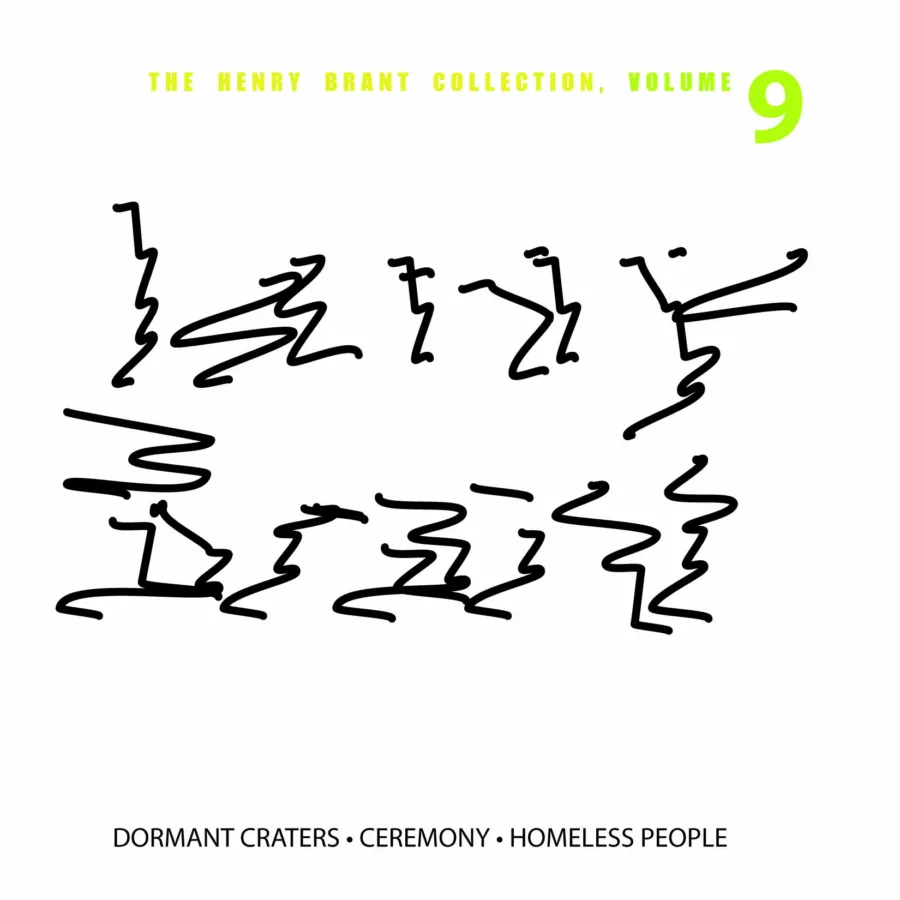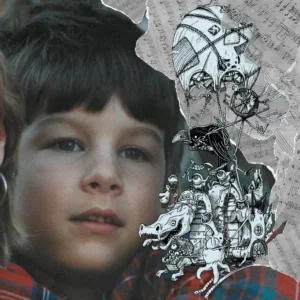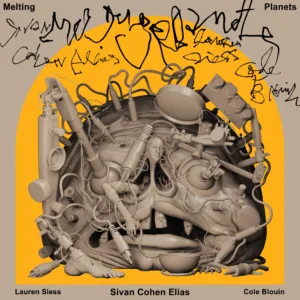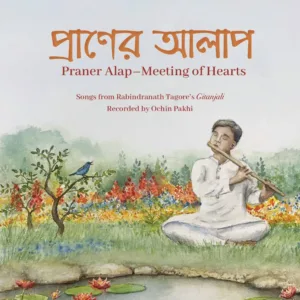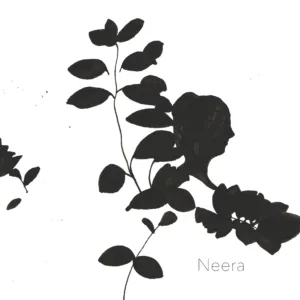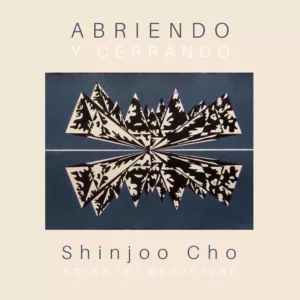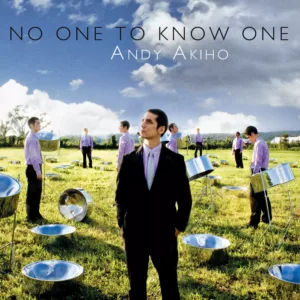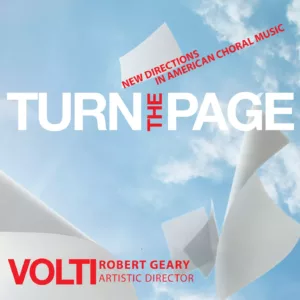We live in a volatile environment: physical and mental climate changes surround us. Complex times call for complex musical responses. These three Henry Brant works each deal in their way with such dense problems.
“Dormant Craters” is a shattering half hour of percussive eruptions. Designed for playback that might provoke the neighbors, there are 16 vibrant players spread far and wide: gamelan, steel drums, orchestral percussion… It’s an orderly and exotic global mayhem:
“Whether or not the sound of this piece has any connection with dormant volcanic craters, I am hardly in a position to say; but the craters I mean are the latent explosions we don’t know about yet, both in the human sphere and in the natural world.” – Henry Brant.
Of course, faculty meetings also have explosive potential. In 1954, Columbia University commissioned “Ceremony” for its Bicentennial. Brant based the structure on campus life: classes, meetings, committees, and chimes that divide the day into periods of fanatical study or strenuous relaxation. From time to time there are percussionists to represent “student political protest apt to explode unexpectedly at any moment.”
“Homeless People” for string quartet (performed at the Other Minds Festival), the insides of a piano and lone accordionist likewise proposes no solutions to humanity’s eternal problems.
The Henry Brant Collection, Volume 9, is a salutary reminder that if life were truly simple, we’d never have left C Major.
One Sheet
Artist
Composer
Performers
Release Date
February 26, 2008
Catalog Number
#416
